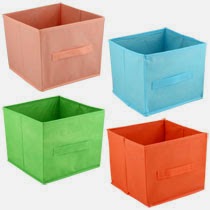 |
| cliparts101.com |
And for many people, this is the most difficult part of organizing -- just ask an I love stuff person. The mere mention of getting rid of anything is painful to those who love stuff because each item holds a memory or significance, endowing it with a life of its own.
Cram and jammers and I know I put it somewhere organizers, on the other hand, are usually able to be more heartless about this task (unless, of course, their personal style is I love stuff!) They may not like the labor involved, but their "out of sight out of mind" outlook makes it easier for them to separate trash from treasure. I love to be busy folks and drop and run organizers may also have little difficulty making the "keep or toss" decision, as their organizational struggles arise more from a lack of time than from an attachment to their things. And we I need to see it people are often delighted to get rid of things because it reduces the pile and, along with it, the feeling of being overwhelmed by how much we have to do.
That's not to say this is a simple task. Even for those who may find it easy (or even cathartic) to de-clutter, the task can be time intensive. If getting rid of things is hard for you, begin by taking stock of what you've accomplished over the past two months. If you've been reading along and chipping away, you've probably already let things go -- containers that weren't earning their keep, things you came across during a Give it Five! session, items that had no home -- and so you've already passed go and are well on your way.
 |
| Photo: jdurham via Morguefile |
- Things that are torn or broken , or missing pieces
- Half a pair of anything
- Things that are outdated (e.g back issues of magazines)
- Things you no longer use or need
 |
| clipartbest.com |
Next week, we'll talk about finding new homes for the things that no longer belong in our homes. Meanwhile, if you've got a great suggestion for a way to give your old stuff new life, please share it in the comments below.






























